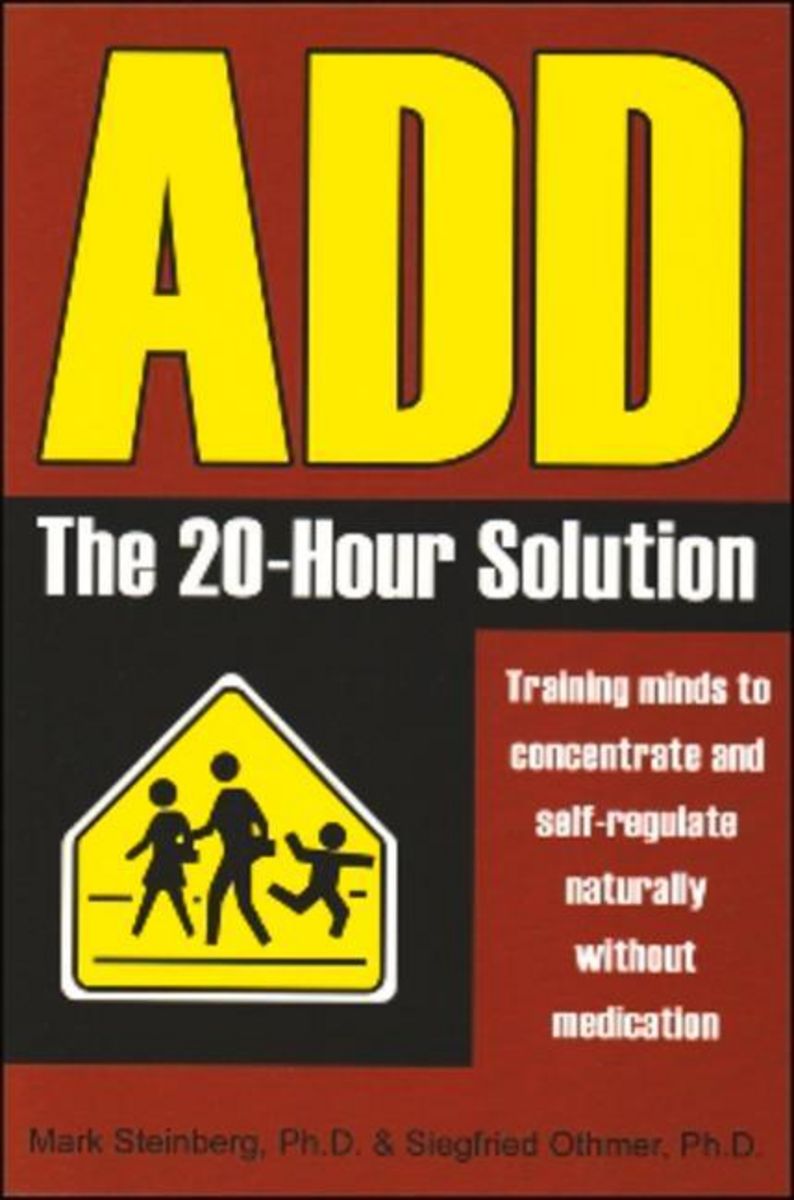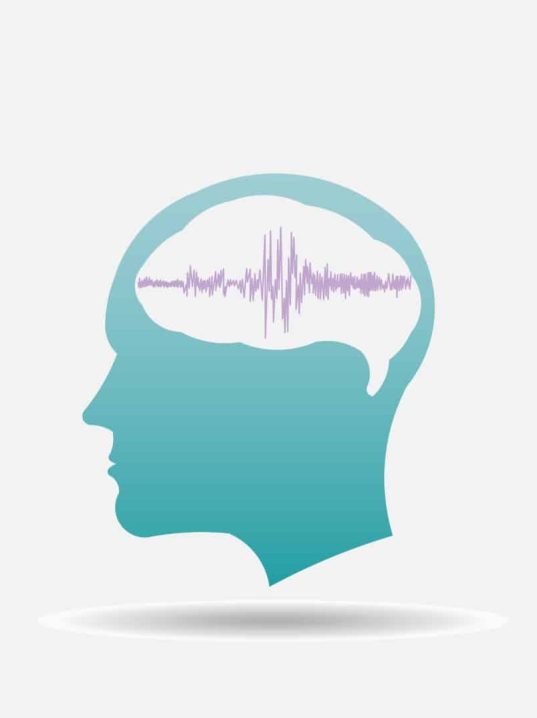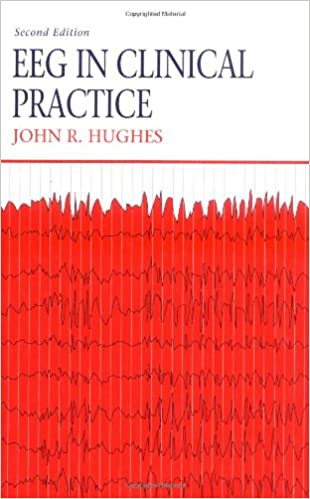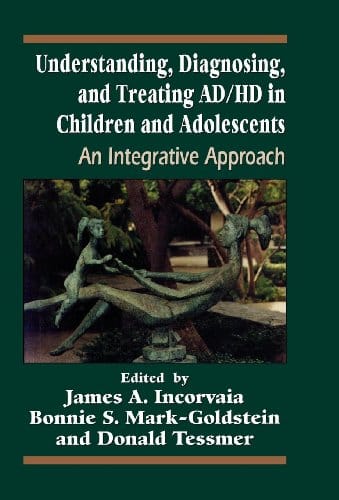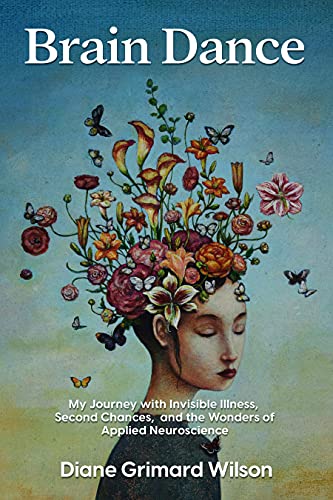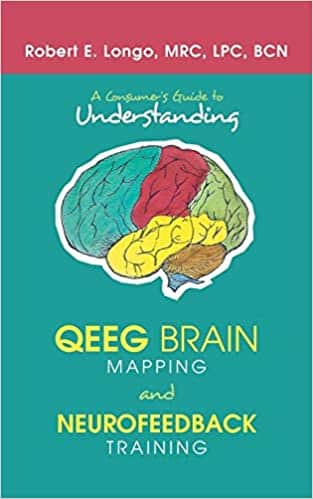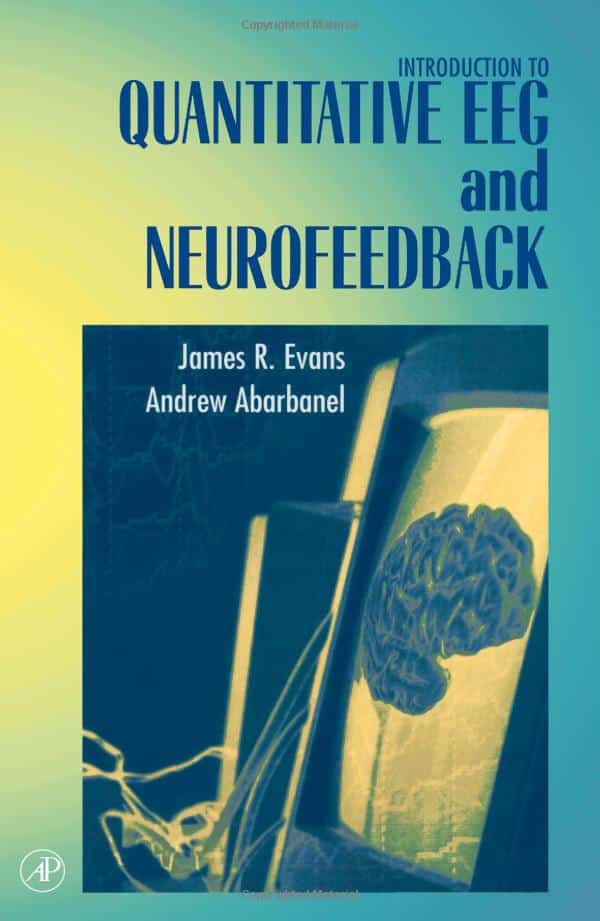Kathy Abbott, Psy. D., PC
TAKE CONTROL OF YOUR LIFE WITH
NEUROFEEDBACK
Dr. Kathy Abbott
Licensed Clinical Psychologist
With over 20 years of experience working with individuals (children, adolescents, and adults), Dr. Kathy Abbott has specialized training and experience working with trauma.
Dr. Abbott earned her Doctorate in Clinical Psychology from the Adler School of Professional Psychology. She is a member of the International Society for Neurofeedback and Research. Dr. Abbott is board-certified in EEG Biofeedback by the Biofeedback Certification Institute of America and a QEEG Diplomate with the International QEEG Certification Board.
Prior to entering independent practice, Dr. Abbott worked in outpatient and hospital settings. She helped start the EEG biofeedback program for addicted health professionals at Rush Behavioral Health. Neurofeedback is one of a full range of services offered by Dr. Abbott in her Evergreen Park office.
What Is It
In some situations, other treatments may also be used. For example, in autism spectrum disorders, neurofeedback wakes up the parts of the brain that are under-functioning making the person more able to do things like pay attention, stay calm, interact with people, and talk, preparing the person for other therapies. Other common types of treatment used in combination with neurofeedback include occupational therapy, speech therapy and social skills training.
QEEG (quantitative EEG) is an EEG that is compared to a normative data base and is age normed. The QEEG is a map of the brain that helps the provider determine which EEG frequencies are out of range and the parts of the brain involved. The QEEG is performed to guide neurofeedback training.
Services
Do you want be able to:
- Stop worrying?
- Feel less anxious and more relaxed?
- Be able to focus?
- React more calmly?
- Sleep soundly?
Causes of anxiety include:
• Genetics
• Prolonged or severe stress
• Decreased activity in certain parts of the brain (basal ganglia) (Kaplan et al, 1994)
• Decrease (Fisch, 2000) or increase of certain brainwaves associated with being relaxed (Moore, 2000)
Neurofeedback can decrease symptoms of anxiety (Moore, 2000) and increase one’s ability to meditate. Typical comments by people who have been treated for anxiety with neurofeedback:
“I can think more clearly”.
“I don’t feel so anxious all the time”.
“My racing thoughts are gone”.
“I don’t worry like I used to”.
Do you or someone you know have the following symptoms?
• Low mood
• Poor concentration
• A change in appetite
• Low energy
• Feelings of guilt
• Decreased interest in activities normally found to be enjoyable
If medication has not worked, or you cannot or do not want to take medication, neurofeedback may help.
(Note: If you or someone you care about has lost the desire to live, they should be taken to the nearest emergency room.)
Research on Depression and Neurofeedback:
Extensive research shows that people with depression have certain patterns of brain waves. Neurofeedback has been used to help the individual shift these brainwave patterns. Several studies and case histories have found that changes in brain wave patterns have resulted in elevated mood, increased energy, better stress tolerance, return to enjoying normal activities, and an increase in self esteem. There are cases in which people on medication were able to decrease their medications or go off their medications.
Some Symptoms of Attention Deficit/Hyperactivity Disorder (ADHD):
Hyperactive
• Fidgety
• Leaves situations unexpectedly
• Difficulty playing quietly
• Talks a lot
Impulsive
• Blurts out responses
• Difficulty waiting
Inattentive
• Difficulty paying attention except to novel stimuli like video games
• Does not appear to be listening
• May not follow through on instructions or finish homework
• Difficulty with organization
• Loses things, easily distracted, and forgetful
There are over 75 studies supporting the use of Neurofeedback to decrease symptoms of AD/HD. Typical results include:
• Increased IQ scores, better grades
• Improved organizational skills and follow-through
• Less time spent on homework
• Increased patience
• Better relationships with peers
When to use Neurofeedback:
• If you prefer using a treatment option other than medication
• If medication is less effective than desired
• When medications are producing undesirable side effects
Some Symptoms of Minor Traumatic Brain Injury (MTBI) :
• Fatigue
• Headaches
• Difficulty concentrating
• Loss of memory, vision, hearing, or movement
• Seizures or short period of “absence”
• Increased irritability and/or difficulty with anger management
• Depression and anxiety
Following a minor traumatic brain injury, a person may return to their previous level of functioning or not. Some symptoms may remain. The person may look the way they did before the injury, but something seems different or wrong.
MTBI may decrease the amount of blood flow to areas of the brain producing symptoms. Also, small tears due to jostling of the brain during the trauma may result in decreased communication between parts of the brain. Slow brainwave activity, associated with sleep and daydreaming, tends to increase following trauma and is associated with decreased blood flow (Fisch, 2000). Neurofeedback helps decrease the amount of these brainwaves returning the brain to more normal functioning.
Other Neurofeedback Related Procedures
COUNSELING
Dr. Abbott has more than 30 years of clinical experience. Her original training was in addiction and psychological trauma. She works primarily with individuals in an out-patient setting. Her experience in addiction includes work with addicted women referred by DCFS and in patient addictions for both people without insurance and professionals. Dr. Abbott is trained to do EMDR for people with Post Traumatic Stress Disorder. EMDR is a form of therapy designed to help the person view the trauma in a new way, using eye movement as part of the therapy and that allows the person to live a full and productive life.
For most patients, Dr. Abbott does a thorough assessment designed to help the client and Dr. Abbott understand how the client perceives him/herself, other people, and the world.
HEG
HEG is a form of Neurofeedback in which blood flow is measured and improved. It can help with some conditions including migraines and depression. HEG Developed by Dr. Jeffrey Carmen, a privately practicing psychologist in New York, passive infrared HEG is a marriage of the classic hemoencephalography principles employed by Toomim and a technique known as thermoscopy. PIR uses a sensor similar to the NIR sensor to detect light from a narrow band of the infrared spectrum that corresponds to the amount of heat being generated by an active brain region, as well as the local blood oxygenation level. The heat detected by PIR is proportional to the amount of sugar being burned to maintain the increased metabolic rate necessary to fuel elevated neuronal activity. PIR has a poorer resolution than NIR and this treatment typically focuses on more global increases in cerebral blood flow. (Carmen, J. (2004). Passive infrared hemoencephalography: four years and 100 migraines. Journal of Neurotherapy, 8 (3), 23-51.)
LENS (Low Energy Neurofeedback System)
We apply sensors to the scalp to capture brainwave activity, processing the signal by our computer software, and extracting information about the client’s brainwave frequencies. Through a patented process, we then bring this information back to the client’s brain through the sensors. The results are reduction and/or elimination of the symptoms which previously interfered with the client’s quality of life (Ochslabs.com). Dr. Abbott uses LENS primarily with mild traumatic brain injury and some peope with depression or ADHD.
FAQ
Neurofeedback refers to biofeedback of brainwave patterns. It is a method of retraining the brain to work more effectively. Neurofeedback is most commonly used to increase attention. The technology is also used to decrease symptoms of mental illnesses such as anxiety, and depression. High achievers such as businessmen and women use it to become more efficient. This is all done by adjusting brain waves.
The brainwaves are the result of the sum of electrical activity in the brain. Different brainwaves are associated with different consciousness states. For example, very slow waves (delta) are associated with sleep or low activity. The next slowest brainwaves (theta) are associated with creativity and thinking in images and an under focused state. The most prominent brainwave is alpha which is associated with meditation and being relaxed. Beta is associated with increased focus. When we do Neurofeedback, we adjust specific brainwaves so the brain works more effectively.
Just like our weight, the brain has a set point. We may not like our present weight, but we tend to be stuck there. When someone tries to lose weight, the person gets to one set point and gets stuck. It takes a while for the body to move to another lower weight. The same thing is true of brain waves. They are set in a particular pattern that may not be optimal. In this pattern, one may feel anxious, or depressed, or have difficulty focusing. When we change the brain wave patterns, they tend to find another set point. At the new set point, the person functions better. The individual feels more relaxed, happier, attends better, and so on, depending on the purpose of training.
Electrodes or sensors are placed put on a person’s head. The electricity from the head moves through the sensors through an amplifier to a computer which reads the brainwave frequencies from the client’s head. You can actually see the brainwaves on the computer. A computer program gives the client visual or auditory feedback to help the person increase or decrease the amplitudes of the waves. For example, a person watches as a thermometer, which represents the person’s brainwave, moves up and down. The person learns to “hold” the brainwave under a threshold that has been set by the Neurofeedback therapist.
Over a period of time the client trains his/her brainwaves to a new set point. The brain is like a muscle in that it requires many repetitions to reach the desired end. Like weight loss and weight training, progress is slow but rewarding. Other people may notice changes before the client does. Progress often continues once the client has completed treatment.
Neurofeedback can be used to enhance memory and focus, improve sleep and mood, stop worrying, help restore cognitive skills and positive emotional feelings.
Yes. Neurofeedback is commonly used for children with Attention Deficit/Hyperactivity Disorder. It is more likely to be used if the parents do not want to use medications, the medications are causing side effects, the medications are not working well enough, or the child is refusing to take medications. Neurofeedback is also being used for learning disabilities such as dyslexia, autism and related disorders, anxiety and depression, and reactive attachment disorder. Other modalities of treatment are generally used in addition. For example, a child with autism related disorder frequently receives occupational and speech therapy.
The brain is responsible for many functions. Different parts of the brain have specialized tasks. For example, the front of the brain (frontal lobes and prefrontal cortex) is responsible for attention; the back and sides of the brain (the parietal and temporal lobes) put information of different types (sound and sight) together, and the area over the ears (the temporal lobes) is responsible for hearing and memory. Normalizing the brainwaves helps relieve symptoms and maximize brain function.
The number of sessions needed depends on several factors. While most clients train easily, some have more difficulty and so training may take longer. Some conditions require more sessions than others. And more than one area may need training.
Neurofeedback is reimbursed by some insurance companies and not others depending on diagnosis and the insurance policy. Or partial payment may be available. Payment is the responsibility of the client.
Insurance companies usually pay for older modalities of treatment such as medication. Often, insurance companies do not cover tried and true services such as acupuncture, out patient nutrition services, or wellness services so neurofeedback may not be covered by your plan.
Links & Resources
